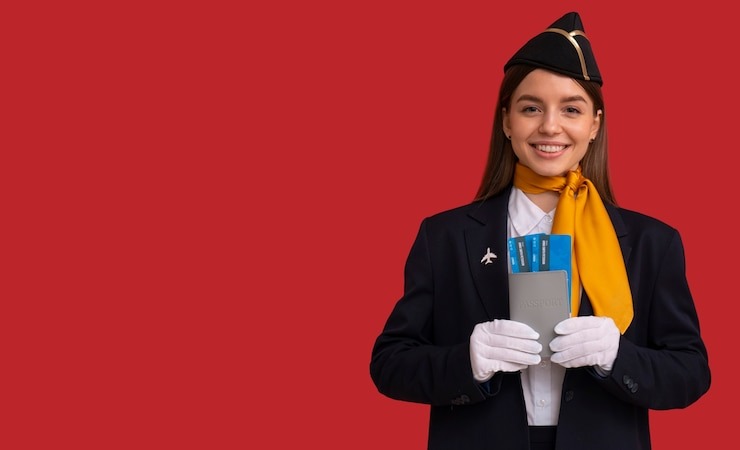When considering a career or hobby in aviation, understanding the different types of pilot licences is essential. In Australia, two licences are the Private Pilot License (PPL) and the CASA Pilot License. Each serves a different purpose and comes with its requirements and privileges. Whether you aim to fly recreationally or pursue a professional aviation career, you must know the distinctions between these licences are crucial.
This article will explore the differences between a Private Pilot License and a CASA Pilot License to help you make an informed decision.
Understanding the Private Pilot License (PPL)
The Private Pilot License is for individuals who want to fly for personal enjoyment or to travel with family and friends. It allows you to operate a small aircraft privately, without compensation. To obtain a PPL in Australia, you must complete 40 hours of flight training (minimum), including dual and solo hours. The training covers essential skills like navigation, communication, and emergency procedures. While a PPL does not permit commercial operations, it is an excellent stepping stone for those considering further aviation training or simply enjoying the freedom of flight.
What Is the CASA Pilot License?
The CASA Pilot License, often referred to as a Commercial Pilot License (CPL), is issued by the Civil Aviation Safety Authority (CASA) in Australia. This license is essential for those pursuing an aviation career, as it permits flying commercially. To qualify, candidates must undergo extensive training, including 150 hours of flight time (minimum). This training is more rigorous than for a PPL, covering advanced navigation, complex aircraft operations, and instrument flying. Holding this license opens doors to various aviation careers, including airline pilot, charter pilot, and flight instructor roles.
Training Requirements and Costs
The training requirements for a Private Pilot License and a CASA Pilot License differ significantly in duration and intensity. For a PPL, training can be typically completed within a few months, depending on your schedule and commitment. In contrast, obtaining a CPL demands more time and financial investment due to the higher number of flight hours and the complexity of the training. While the cost of a PPL is relatively lower, aspiring commercial pilots must prepare for the higher expenses associated with the CPL training program.
Career Opportunities and Privileges
A PPL offers limited career opportunities, primarily intended for recreational flying. It can be valuable for those who wish to fly their aircraft or use aviation for personal business travel. In contrast, a CPL is a gateway to professional opportunities in the aviation industry. With this credential, you can pursue careers as an airline pilot, charter pilot, or flight instructor. The privileges are far more extensive, allowing you to operate larger, more complex aircraft and fly in wider conditions.
Conclusion
Choosing between a Private Pilot License and a CASA Pilot License depends on your aviation goals. If you want to fly for personal enjoyment, a PPL might be the right choice. If you aspire to a professional aviation career, the CPL is essential. Each licence offers unique opportunities and requires different levels of training and investment. Understanding these differences will help you make an informed decision and set you on the right path in your aviation journey. Whether for recreation or a career, both licences open the skies to exciting possibilities.
















